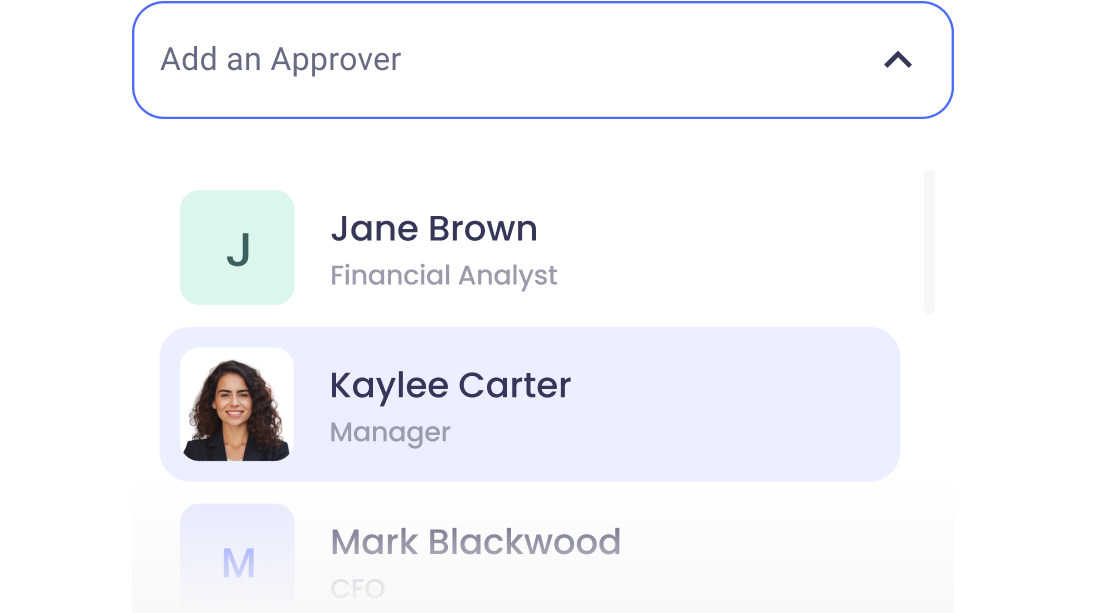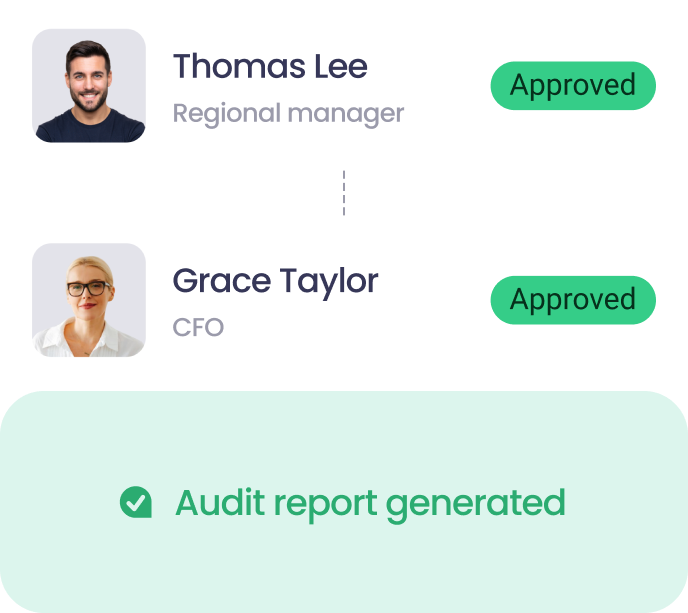
4 surprising ways to use AI in finance
As the use of AI in finance grows, finance leaders are exploring new ways to use the technology that go beyond the balance sheet. Here are some to consider.

Like in most other business functions, the use of AI in finance is growing rapidly. These days, the majority (71%) of companies use AI in finance to some capacity; 41% to a moderate or large degree, with most using it for accounting and financial planning according to KPMG.
However, many finance professionals are moving beyond automation to strategic finance applications that make a real difference. There are, rightfully, concerns around accuracy, compliance and data security when it comes to using AI tools for some tasks, like preparing financial statements, especially LLMs like ChatGPT or Claude which aren’t designed for number crunching.
But there are also surprising ways to use powerful AI tools that go beyond your balance sheet and give you insights to help steer your business and help finance be more strategic. This is exactly how I’m using AI in my role at ApprovalMax: as an insightful way to prepare for what lies ahead.
If you’re looking for new ways to use AI in finance, here are four applications you might not have thought of:
• Finance teams are shifting from automation to more strategic AI applications.
• AI roleplaying helps prepare for Board and C-suite feedback in advance.
• Strong data security matters; use anonymised or approved data only.
• Only one in four businesses currently has strong financial controls in place.
• AI delivers the best results when built on solid processes and clean data.
1. Predicting feedback from management, C-Suite or the Board of Directors
What if you could get feedback from your management before you even speak to them? AI models like ChatGPT and Claude excel at roleplaying and giving feedback. This is one way I’m using AI in my day-to-day work.
I’ve trained ChatGPT to act as his Board of Directors, with deep knowledge of each of the distinct members, and use it as a sounding board. Every time I want to present something to my board, I run it by this virtual board first and get feedback. I’ve checked with our CEO and his feedback was almost exactly the same.
It's amazingly powerful in that it allows me to see around corners. It flags potential challenges, questions, complications and issues I might run into so I can prepare in advance.
While there are limitations around sensitive data, using these tools can help you prepare for important stakeholder interactions.
Naturally, the use of AI in finance comes with concerns due to the sensitive nature of company data. It’s important to do your due diligence when sourcing vendors and following relevant AI regulations, including those set out by government, industry and your organisation. Check with your IT team to better understand the guidance for your workplace.
In general, finance teams should:
-
Start with public/industry data only
-
Create anonymised versions of internal data
-
Never include account numbers, SSNs, or customer details
-
Use approved AI tools with clear data retention policies
-
Log everything and review regularly
2. AI as a financial detective
Fraud is on the rise – and the explosion of AI tools is only making it worse. Global fraud attacks rose 19 per cent, year-on-year, largely driven by the exploitation of AI technologies.
But on the flip side, AI can be used to help with fraud too. AI tools’ pattern recognition can be used to detect fraud to analyse employee expense patterns, vendor behavior and transaction timing to spot potential fraud or errors before they become problems.
Many banks and other financial institutions already use AI as part of their fraud detection; they’ll often block card transactions that seem out of the ordinary, like if you suddenly spend $4,000 in Fiji when you live in London.
McKinsey suggests agentic AI will change the way banks address financial crime, enabling a potential 20x increase in productivity. While most businesses don’t spend up to 15 per cent of their workforce’s time on know-your-customer and anti-money-laundering activity, they can still use AI’s pattern recognition and automation to detect and prevent fraud, especially as more AP and finance tools integrate it into their products.
For example, Mastercard’s Decision Intelligence (DI) – a real-time AI-powered decisioning solution – helps banks score and safely approve 143 billion transactions a year in less than 50 milliseconds per transaction. The modelling shows these AI enhancements increase fraud detection rates by 20% on average and up to 300% in some instances.
3. ‘What if’ scenario cash flow forecasting
These days, it’s almost a given that you’ll face turbulent business conditions. For example, the latest round of US tariffs have added even more complexity to the operations of many; those inside the US face rising costs while businesses operating across the world are being hit with huge shipping costs (or even having shipping and freight services cut off altogether).
So what if you could easily plan, model and prepare for different situations? With AI, it’s far simpler to evaluate potential scenarios, combining internal data with external factors (weather, political events, supply chain disruptions), to predict how they’ll impact working capital and cash flow.
This means that if and when turbulent events happen, you’re prepared and know your potential options, allowing the business to pivot and respond faster (although, like any prediction, it doesn’t come with certainty).
Many businesses are already seeing the benefits of using AI for forecasting predictions; JPMorgan’s cash flow intelligence tool has helped more than 2,500 corporate customers cut manual work by close to 90% using AI.
4. Simulated pen testing
Only one-in-four of businesses have strong financial controls in place, according to ApprovalMax research. So how do you know if yours are strong enough?
Penetration (pen) testing is a simulated attack on an organisation’s IT systems to check for potential security vulnerabilities before a bad actor, like a cybercriminal, can. Using AI, it’s possible to apply these same principles to your financial controls.
This involves feeding tools information to uncover gaps in your segregation of duties, delegation of authority or other workflows. Use it to test scenarios and see which options have vulnerabilities that could lead to errors, fraud or other financial risks. You can even use it to predict what these risks could be, such as if an employee is able to approve fraudulent invoices under a certain threshold.
From there, you can refine and improve your controls to minimise these risks.
Building the foundation first
If you’re looking to get started with AI in finance, remember that you can’t build a house on shoddy foundations. AI works best on top of solid digital processes. If you don’t have these in place, then you should first focus on getting everything up to scratch before layering AI on top.
This might mean building solid processes or setting up the right tech stack to ensure only accurate financial data flows into your systems. Having this solid base layer means any AI you layer on top of it will be working from high-quality data to steer you in the right direction – no one wants to be led astray by the wrong numbers.
As AI continues to evolve, so do its applications, including in finance. Its predictive capabilities, pattern recognition and computing power make it a helpful tool to prepare and plan for the future. Take the time to test and explore potential applications and you might find even more surprising applications that work for you and your finance team.
Ready to simplify your approval process?

Dan Schonfeld is the Chief Financial Officer at ApprovalMax. A former lawyer and management consultant turned finance leader and board member, he has led budgeting and BvA processes across multi-entity software companies in eight geographies, with a focus on building pragmatic FP&A foundations on Xero.
Set up a system of checks and balances for your financial operations.
Multi-step, multi-role approval workflows for financial documents.

Auto-generated audit reports for each approved item.

Get alerts for fraudulent activity and protect against it happening.
Leave printing in the past with fully digitised workflows.


.jpeg?width=350&height=222&name=photoplaceholde%20(2).jpeg)



